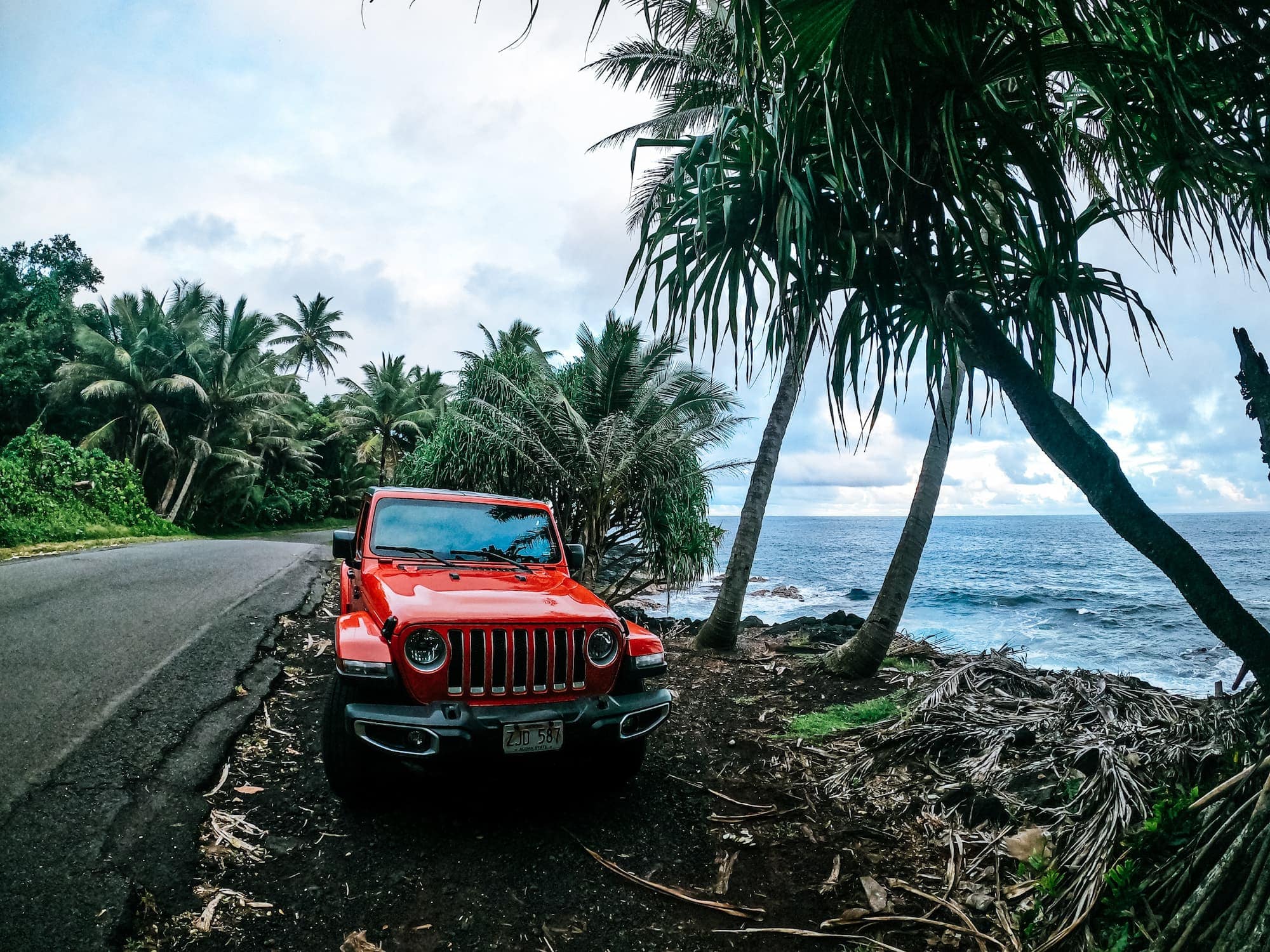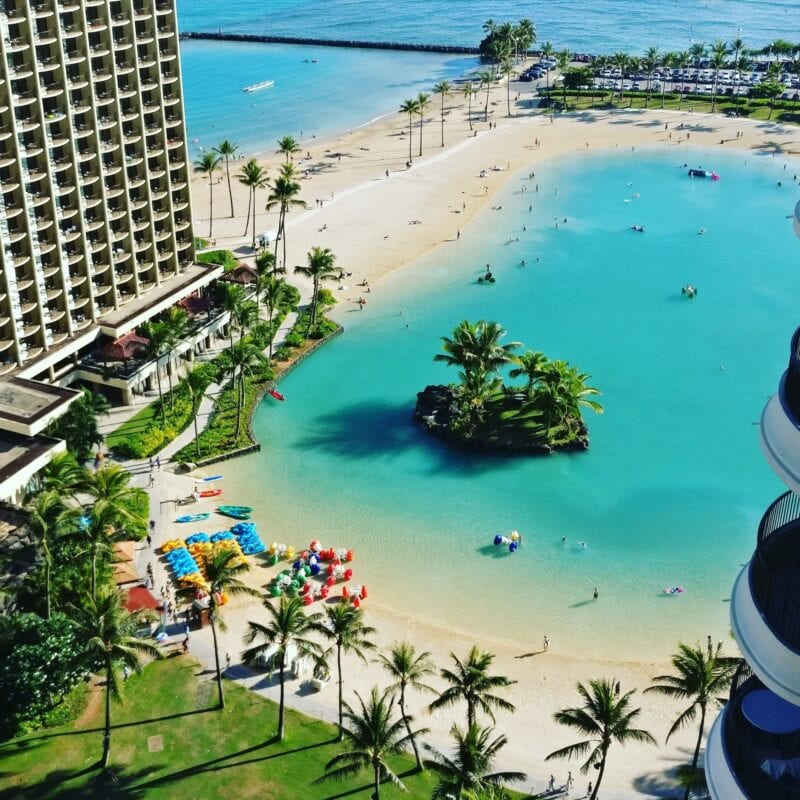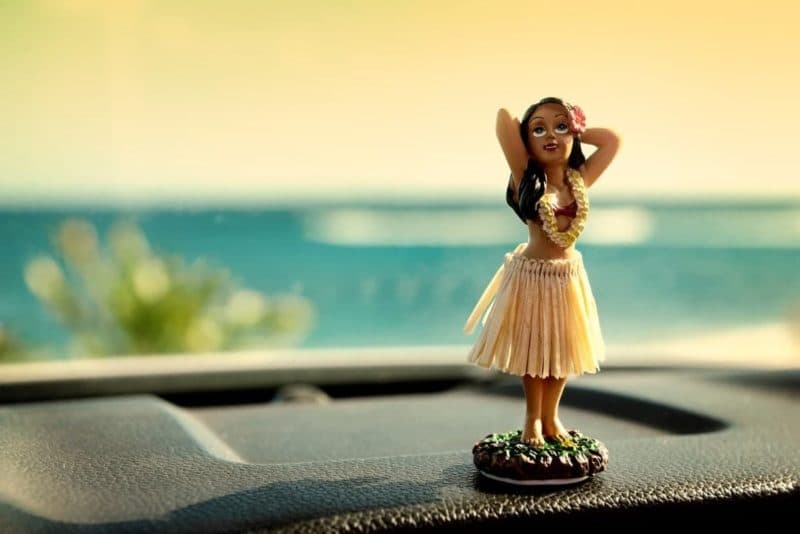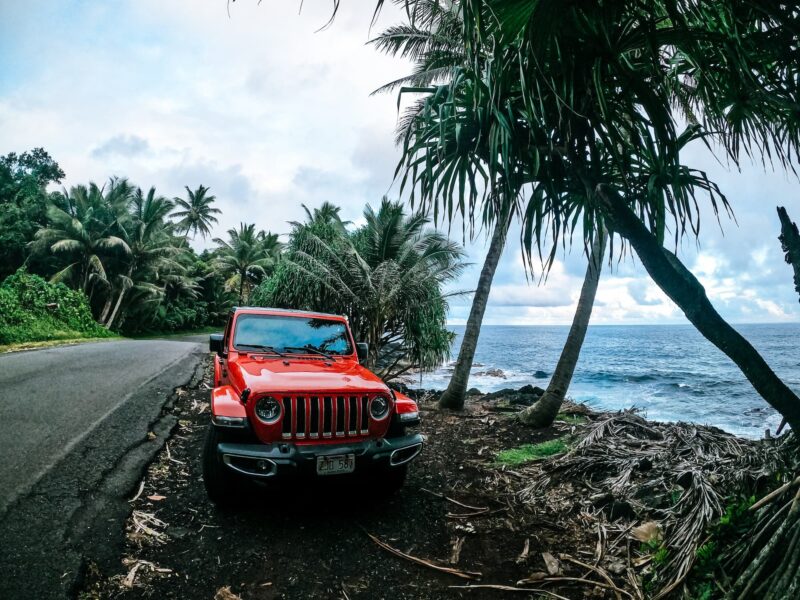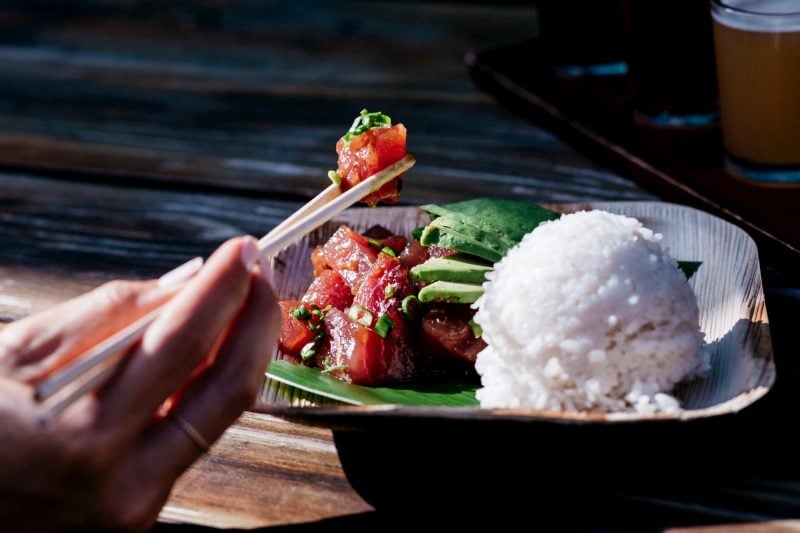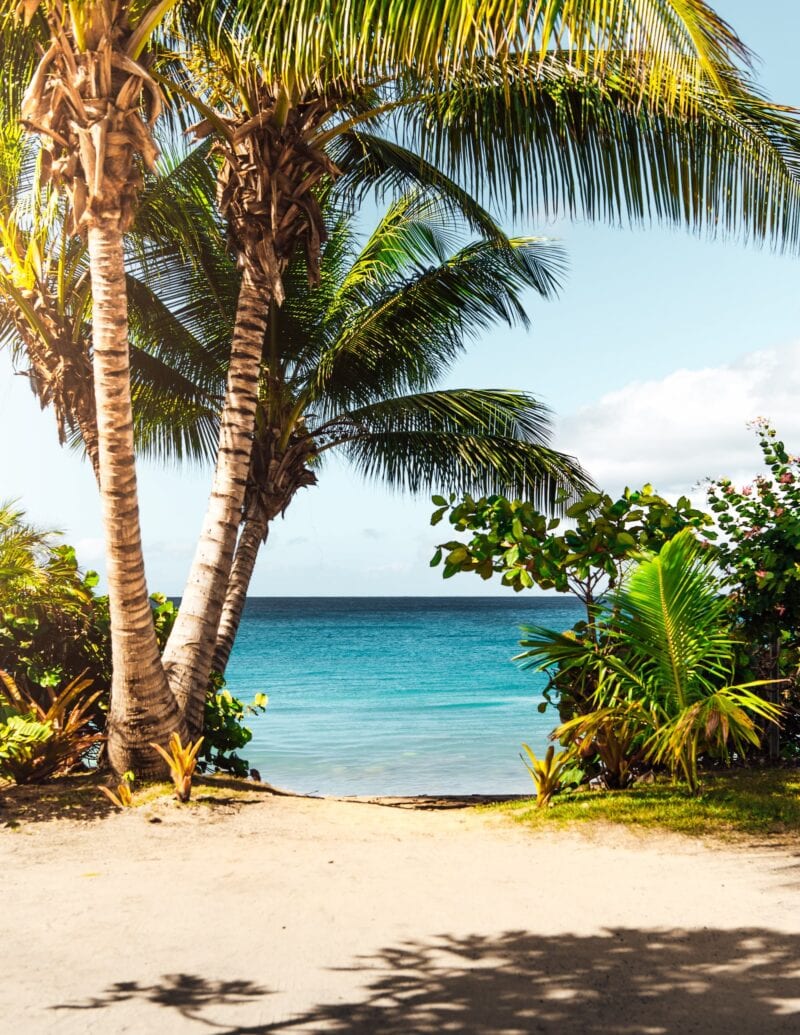Hawaiʻi is beloved and cherished for its beauty and depth, but it also has the reputation of being quite expensive. From the travel it takes to get there to the cost of living on the ground, it’s right up there with the most costly destinations in the United States, perhaps even the globe.
But worry not – savvy travelers can find ways to save with some smart planning and local knowledge.
The following tips will help you navigate the high prices you often find when booking and get more value for your money once you arrive by planning ahead, being realistic about your plans, and following the local way of life.
Table of contents
- Save on your flight
- Save on accommodations
- Save on your car rental
- Buy local (but…)
- Save on Happy Hour
- Make a list with free and cheap things to do
- A closing though: pick your battles.
Table of Contents
- Save on your flight
- Save on accommodations
- Save on your car rental
- Buy local (but…)
- Save on Happy Hour
- Make a list with free and cheap things to do
- A closing though: pick your battles.
Flights: avoid the busiest days when flying, and book in advance if you can.
When searching for flights to and from Hawaiʻi, you will notice that flying on certain days is often more expensive than others. Typically, arriving and departing on the weekends will drive up the cost of the ticket – sometimes twenty or thirty bucks, but sometimes much more. If your plans are flexible, you can save money by flying on less expensive, midweek days. Even if the cost is just a little less per ticket, the savings will add up for families and larger parties.
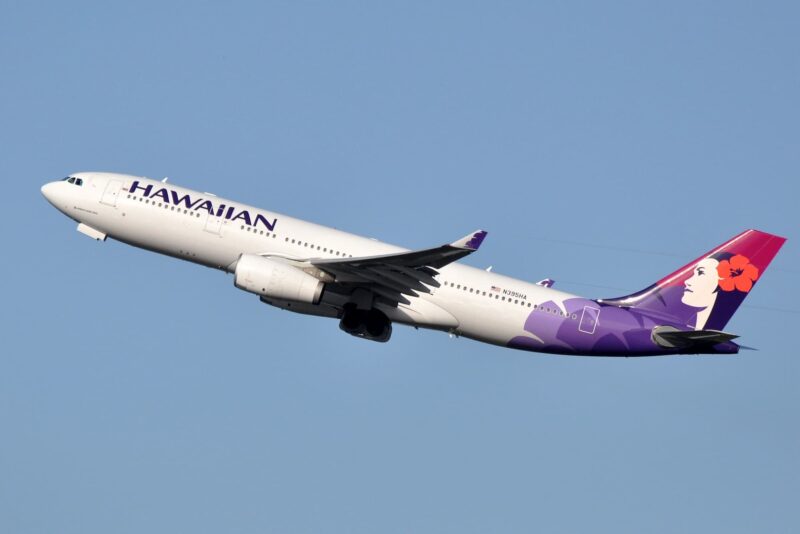
Hawaiian Airlines is the largest (but not the only) carrier in the state. Image credit: Eric Salard, source.
One of the benefits of the pandemic as it relates to the airline industry was the elimination of change fees. At this moment, there’s no risk to booking far in advance – if you see a cheaper flight later, you can switch to it without penalty (this is generally true, but check with your airline of choice for exact rules and regulations).
Having this flexibility gives you the power to lock in good rates when you see them, but still keep your eye out for an even better deal down the road. We recommend booking your flight at least three months in advance to avoid last-minute price surges, but also advise that you continue checking prices every week or so in case a lower fare becomes available. If it does, you can switch your flight and receive a refund/credit on the difference.
Interisland Flights
For the island hoppers among you: the day of the week and time of the flight also matters a lot for interisland flights. The cost of flight often mirrors the workday. That is, flights between 7-9 a.m. and 5-7 p.m. tend to be more expensive due to business travelers flying between islands. Friday and Sunday nights are also typically more expensive due to locals traveling for the weekend.
Being flexible about when you fly can help you save. Smaller commuter airlines, like Mokulele Airlines, are usually cheaper than the big-brand carriers like Hawaiian Airlines.
Accommodations: volunteer for a discount at hotels.
These days, hotel packages are often created more for marketing exposure than customer value. Hotels create extravagant packages that the travel media will cover, but very few people will actually book – i.e., skydive arrival at your hotel, high-end add-ons that cost thousands of dollars, etc. These examples are not hard to find.
However, there are still some good ones out there if you sift through the madness. In Hawaiʻi right now, the better deals are most notably in relation to the new Malama Hawaiʻi initiative spreading throughout the islands, which offers incentives for visitors to give back through voluntourism experiences.
Packages vary from hotel to hotel, but they involve a discount or free night when you participate in such an activity. These experiences are not for everyone – they often involve manual labor, such as pulling weeds/invasive species – but take a look through the offerings aggregated here. If one hits home, it could save you some cash on your hotel stay.
Can you choose when to go?
If you have the luxury of deciding when to plan your trip the best time to go for hotel prices are the shoulder seasons (fall and spring). Going to Hawaiʻi in April, May, September, October and even November, will allow you to shave a good amount of money of your hotel stay.
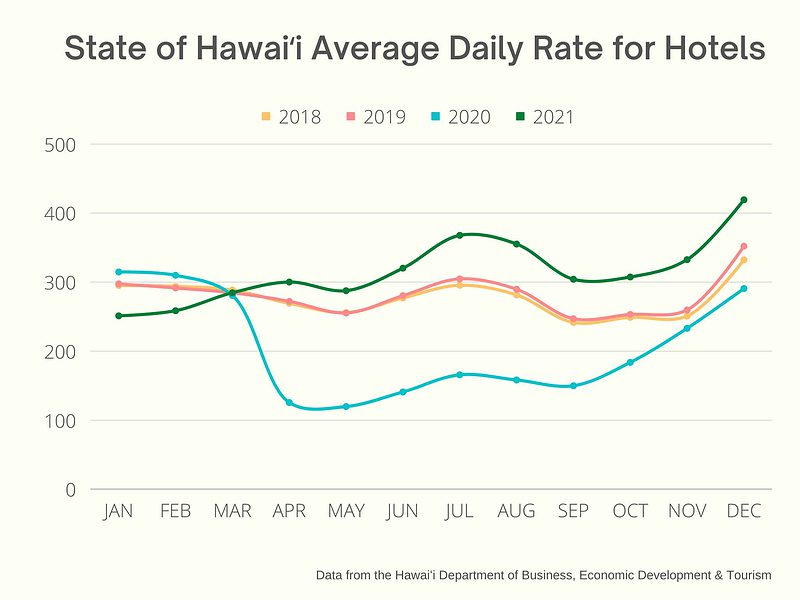
This comparison of the monthly average daily rate hotels in the state of Hawaiʻi shows that the shoulder seasons are the best time to find an affordable hotel room.
Bonus tip for saving on your accommodations: plan ahead!
We may sound like a broken record, but planning well ahead can really give you more “bang” for your bucks. This holds especially true if you like staying in vacation rentals, and planning ahead means 6 to 12 months depending on when you travel.
Unlike the price of flights, the price of vacation rentals does not typically vary on a week-by-week basis. However, try searching a few places to stay using your preferred booking engine (VRBO, AirBnB, Booking.com, etc.) for a trip one week and one year from now. You will see that there are only a few reasonable places left for the coming week and those are probably on the expensive side. If you look at what’s available one year from now you will see many places more suited to your needs that are probably also more reasonable priced.
In summary, the best places sell out first, so make sure you are first.
Related:
Hotel prices depend on location. Using our island accommodation guides to figure out what region best fits your travel style and possibly save yourself money:
